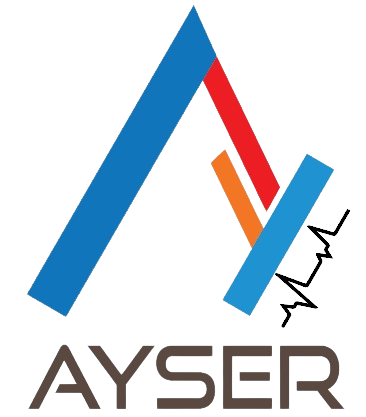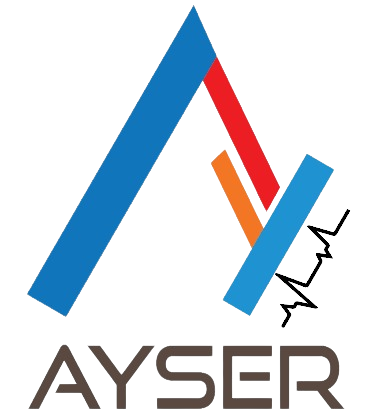Compressed Air Audits
Air compressors are the largest energy consumers in the typical manufacturing plant. Any reductions in demand on the compressed air system can result in real savings to the bottom line. Compressed air is one of the most expensive “utilities” in your plant and is often the most overlooked in regards to potential energy savings.
For example; a ¼” compressed air leak at 100psig consumes the equivalent of what a 25HP air compressor will produce. Not only is this a significant demand on your system, it can cost approximately INR 10 lac on your electric bill. Ayser with its expertise in compressed air systems will identify and reduce air leaks which can ultimately lower your overall compressed air demand and in turn provide significant savings on your electric bill and ultimately the bottom line.
While performing Compressed Air Audit, we look at the compressed piping design and installation to figure out the Following:
- Common Sources of Leaks and Inefficient Air Uses
Some of the most common leaks and inefficient/unproductive uses of compressed air can be found in the list below:
• Air hoses and air hose connections
• Open blow-offs
• Worn disconnects
• Leaking or failed drains
• Failed seals, o-rings, or gaskets
• Inappropriate air uses such as air brooms or as personal air cooling
• Unused process equipment
• Using compressed air to cool cabinets such as control or electric panels
2. Leak Identification
First and foremost your operation should establish a program to find and reduce leaks. This can be as simple as walking the plant during a non-production period and addressing the audible leaks, using a solution of soap and water to visibly identify leaks, or by using an ultrasonic leak detector to more accurately identify the source of an air leak and to detect the inaudible leaks. An ultrasonic leak detector is the most accurate method of leak detection. Having a leak audit performed efficiently identifies sources of leaks and most leak audits can quantify the cost of leaks. This can easily be used to justify the purchase of your own leak detector or to have a leak audit performed by others.
3. Inefficient Uses Of Compressed Air
Some of the items listed above aren’t what most consider an actual leak in your compressed air system. Using compressed air to cool or clean your work area, cooling electrical or control panels, open blow-offs used to cool or move product, and supplying air to unused equipment may be what comes to mind when you think of air leak. However these unregulated or inefficient uses of compressed air can be just as bad if not worse. Listed below are few ways to address these issues:
• Use of engineered nozzles- Open blow-offs used to move or cool product may seem necessary to maintain production, however typically these open blow-offs can be replaced with nozzles designed to reduce compressed air consumption while accomplishing the same task.
• Installing cutoff valves before unused equipment- Production schedules can be constantly changing. Equipment used in one process one week may not be used the next. Identify production equipment that may be in use and valve off the compressed air line supplying the equipment.
• Use of cabinet coolers- Using compressed air to cool electrical cabinets may be effective but it is also a very inefficient use of compressed air. Identify where this is happening and take steps to provide more efficient methods of controlling the temperature of the cabinet. Specific cabinet cooling units are more efficient and can remove significant demand from your compressed air system.
Finally, when leaks are identified and also inappropriate air uses, the next step, is to fix it.
Ayser will schedules leak repair with the compressor maintenance schedules. Inaddition, we regular identify any Air leaks and inefficient compressed air uses and addressed them regularly.



